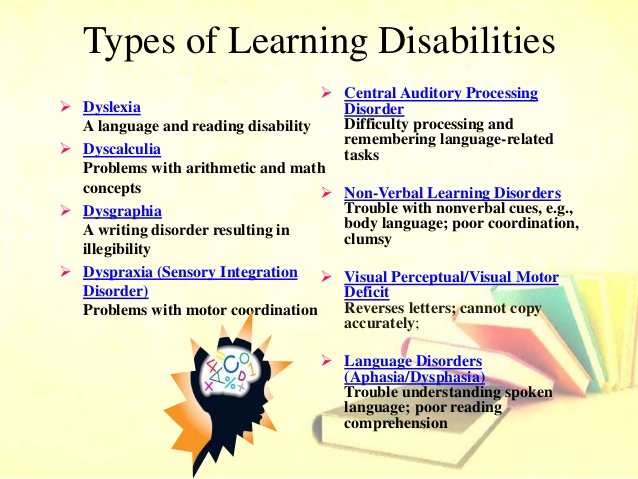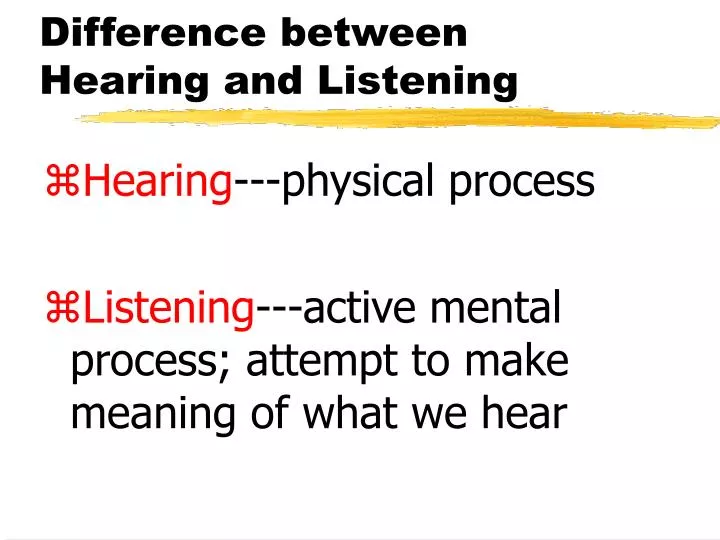
While active listening is an interactive process, passive listening is a mechanical process. On the other hand, active listening is concerned with two-way interactions, willingness to indulge, presence of questioning and responding, and ongoing evidence of active involvement. To describe it plainly, a passive listener only consumes the information they’re given without any questions, interjections, or visible interest. They do not react to what they listen to.

Active v/s Passive ListeningĪ passive listener is defined as someone who isn’t contributing to the conversation. Listening requires patience, attention, time, empathy as well as understanding to be considered a “good” skill. It is the active process of perceiving and making sense of the data being decoded by our brain. Listening can be classified as a skill that requires deliberate attention to external stimuli. Hearing can happen subconsciously without our active realization of the fact that we might be processing and decoding stimulus. Hearing is primarily physical nature and exists as one of the five very significant senses in our body. It is a physiological act that involves the use of ears, nerve cells, and the brain.

In simple biological terms, hearing is the process of our auditory system converting pressure waves into meaningful sounds.
#Difference between hearing and listening how to
We will also provide some tips on how to improve your listening skills! What Is Hearing? In this blog post, we will discuss the difference between hearing and listening, and explain why it is important to understand the distinction. Do you know the difference between hearing and listening? Most people think that they are the same thing, but they are very different.


 0 kommentar(er)
0 kommentar(er)
